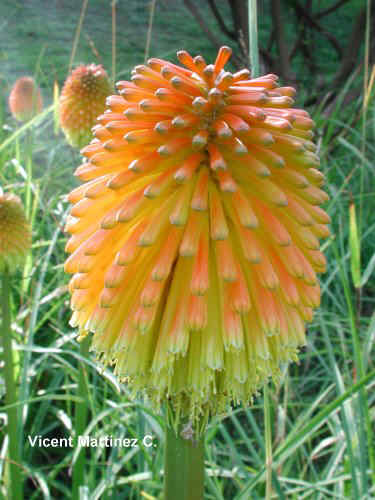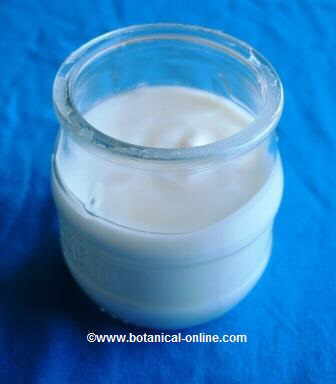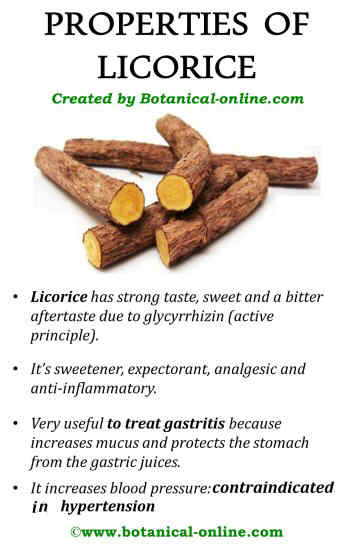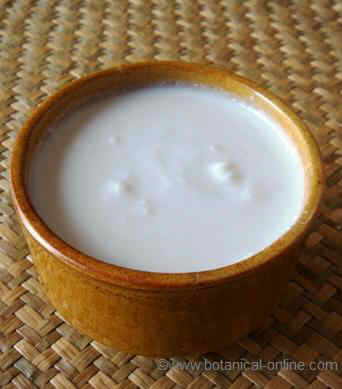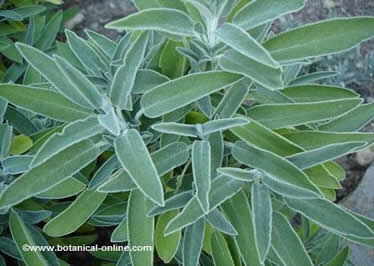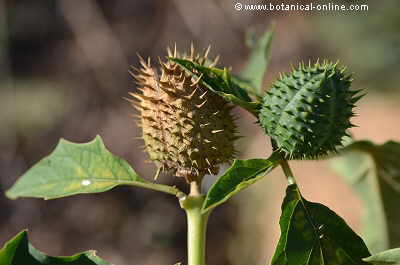Contents
Benefits of soy isoflavones (daidzein, genistein and glicitein)
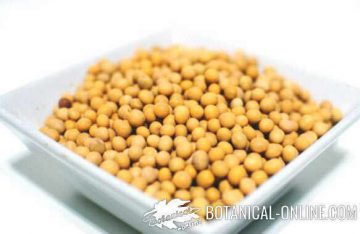
What are soy isoflavones and what properties do they have?
Soy isoflavones or isoflavonoids are plant substances classified as phytoestrogens, which have a chemical structure similar to sex hormones.
The food that contains more isoflavones is soy and its derivatives such as tofu, tempeh, miso, etc. (they contain the isoflavones: daidzein, genistein and glicitein).
In addition to soy isoflavones, there are other types of phytoestrogens in nature, such as those provided by alfalfa (cumestrans), red clover (cumestrol), hops (prenylated flavonoids) and flax (lignans).
Effects of isoflavones
Ingestion of these components has an effect similar to that of the body’s estrogen hormones, which is why they are also known as phytoestrogens or plant estrogens.
However, its estrogenic activity is weaker than the steroid hormones produced by the body.
Does soy only contain isoflavones?
Soy and its derivatives are the richest foods in isoflavones: 200-300 mg of isoflavones per 100gr of soy beans.
There are other foods that contain isoflavones, such as legumes, but their content is much lower: 0.7mg or less of isoflavones per 100g of lentils, chickpeas or other legumes.
Beneficial properties of isoflavones
Attention: As we will see later, supplements with isoflavones are not recommended. Isoflavones can be healthy when consumed in the form of food (soy, tofu, tempeh, etc.).
Isoflavones for menopause
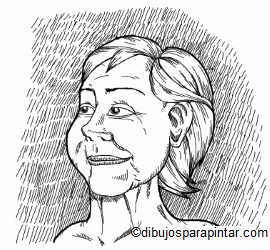
Soy has properties for menopause due to its plant components with estrogenic effect, called isoflavones. Soy isoflavones exert an effect similar to the body’s estrogen hormones, although their effect is weaker.
The mode of action of these components is through their binding to estrogen receptors type beta (β), which are the places where the authentic estrogenic hormones of the body would bind.
During menopause, the woman’s ovulation is removed and therefore the levels of hormones FSH (follicle stimulant) and estradiol decrease. For many years, soy and its derivatives have been recommended as a hormone replacement therapy in menopause, to replace the estrogen deficit.
For this reason, soy isoflavones were considered as a hormone replacement therapy in menopause, a stage in which estrogen decreases in women.
Theoretically, isoflavones supplement the estrogen deficit of menopause by occupying their estrogenic receptors, and help reduce some menopausal symptoms such as hot flashes, which are the most frequently experienced symptom during menopause (80% of Western women) and for which has been recommended to ingest soy products. In Japan this percentage is less than 20%, it is believed that by the daily consumption of soy.
* More information: Soy for menopause
Soy isoflavones for breast cancer and uterine cancer
Some types of cancer use estrogen to grow, called hormone-dependent cancers. Breast cancer and uterine cancer are estrogen-dependent cancers.
The results of the studies show that soy decreases the risk of certain types of cancer, as is the case with breast cancer in the eastern diet, however other results in western food contradict this protective role.
* More information: Soy for breast and uterine cancer
Isoflavones affect differently depending on the person

The effect of isoflavones depends on the intestinal microbiota. That is, isoflavones to be absorbed need to be metabolized by the microbiota or intestinal flora. But they cannot be absorbed or have an effect.
Given the complexity and variety of microbiota, it is possible that differences of effect appear between some people and others, because the presence of bacteria that assimilate isoflavones depends on the diet that has been taken throughout life, if soy is taken occasionally or habitually.
This may be one of the reasons why many studies of soybeans show different results between Westerners and Orientals.
* More information: Soybeans for babies
Isoflavones: it is not the same in food as in supplement!
When discussing the possible benefits of isoflavones, it is important to differentiate isoflavones from the foods that contain them, which are mainly soybeans and their derivatives. Therefore, the difference between supplements and foods with isoflavones should be qualified beforehand:
- Eating soy and its derivatives, included in a healthy diet, seems to have a protective role against certain types of diseases as will be explained in this article.
- Isoflavone supplements are not recommended. They may be unsafe in the long term and also do not have the same benefits as those attributed to a soy diet. Although isoflavone supplements are sold without a prescription as a food supplement, it is recommended to consult a doctor before taking them.
- Nor is it advisable to take too many soy products for the same reason as the supplements, which could produce an excess of isoflavones whose long-term safety is unknown. In addition, some of soy derivatives are not recommended because they contain too much salt or added sugars.
Contraindications of soy isoflavones for the thyroid
Isoflavones have an antithyroid effect that inhibits iodine fixation by the thyroid gland, which contraindicates soybeans in people with metabolism problems , such as hypothyroidism and Hashimoto’s thyroiditis.
![]() More information on isoflavones
More information on isoflavones

